MESSAGE FROM THE EDITORS From the Beacon Team
PROF INTERVIEW: DR. ALEXANDER (ALEXI) CHANTZIANTONIOU GRADUATE WITH YOUR FAITH INTACT by Evan Carr

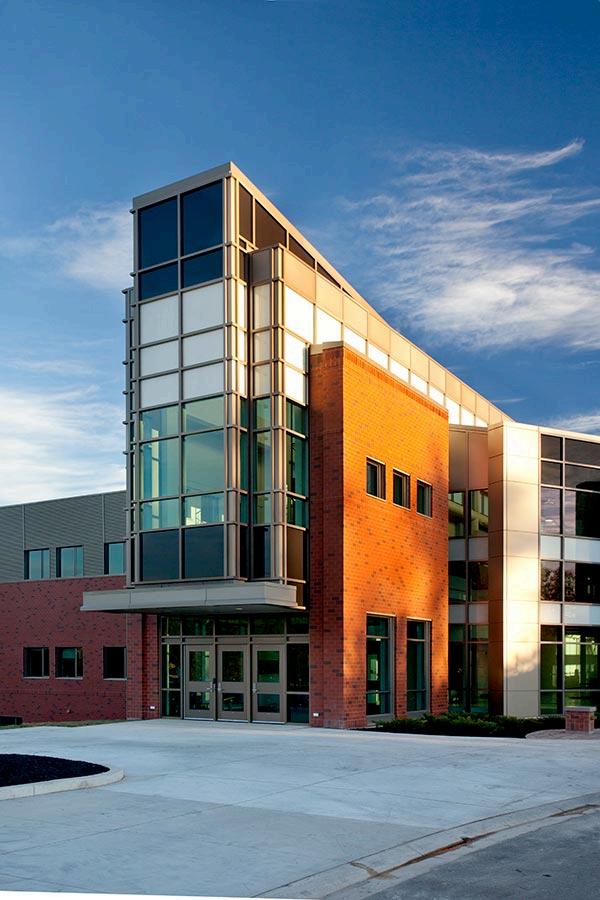

MESSAGE FROM THE EDITORS From the Beacon Team
PROF INTERVIEW: DR. ALEXANDER (ALEXI) CHANTZIANTONIOU GRADUATE WITH YOUR FAITH INTACT by Evan Carr


We’re glad you ’ re here! - The Beacon Team


Editors: Malcolm Ohlhauser, Alley MacDonald
Beacon Writing Team: Evan Carr, Abeni Knowles, Suava Hoffman
Guest contributors: Henry Hol, Dr Alexander (Alexi) Chantziantoniou
Special thanks to the CSA
The Beacon staff reserve all rights to edit submissions for the purpose of producing quality, relevant, and tasteful content
To submit an article, or if you have any questions, please feel free to contact us at crandallbeacon@crandallu ca
All content is the property of The Beacon unless otherwise stated.


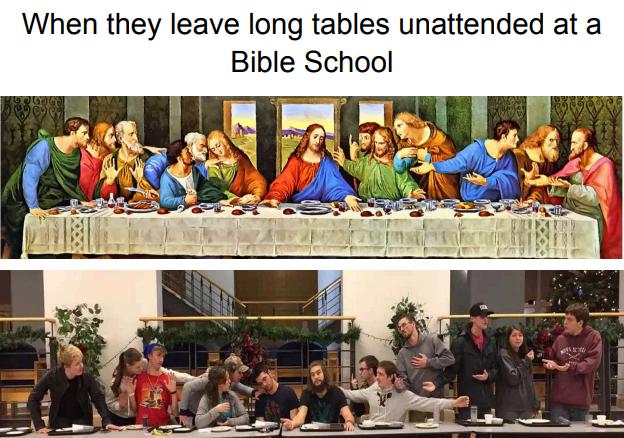


Would you like your society’s event included in the monthly schedule? Make sure to let us know by the last Thursday of each month!
As Crandall celebrates its 75th anniversary, the Beacon team is excited to extend our warm welcome to new and returning students!
This year is shaping up to be a blast, and we here at the Beacon are excited to deliver diverse and stimulating content that engages with and unites Crandall students and alumni. For those of you who might be reading the Beacon for the first time, we want to thank you for taking the time to pick up the first edition of the academic year! We hope to continue bringing you new issues the first week of every month.
Look for our printed copies around Stultz and Murray Hall in all of the common areas, as well as in the Student Life Centre and the Success Centre. These copies are free to be taken, read, passed around, and kept. Our online copies are held on Issuu, a free digital media publisher where we can be found under the tag “Crandall Beacon.” They can be accessed by scanning the QR code on the front cover of each issue, or by clicking the link in our social media posts. This--in conjunction with our physical copies--ensures that you can access the Beacon wherever you are!
You may see some of our writing and editing team around Crandall--Suava Hoffman, Evan Carr, Malcolm Ohlhauser, Alley MacDonald, and Abeni Knowles. They might--ahem--strongly encourage you to read the Beacon during the first week of every month. Rest assured this will only be a monthly occurrence ;)
Our writers are veterans when it comes to writing for the Beacon, and we’d love to see our team grow this semester. If you or anyone you know is interested in potentially working with the Beacon, we would love to help you grow and become a better writer. The Beacon is a fairly lowcommitment activity and is a great supplement to your years at Crandall. Joining the team involves writing one article a month and attending one in-person meeting a month. This, in conjunction with how good it looks on a resume (imagine “Professional Media Technician”!) and its ability to count as volunteer hours for Crandall’s Co-Curricular Record, make it an amazing way for any and all students to get involved.
For more information or feedback, the best place to reach us is at crandallbeacon@crandallu.ca or via Malcolm Ohlhauser’s ears.
Thank you for reading! Enjoy.
Fun Fact: The Beacon’s team is made up of completely sane and reasonable people!

by Alley MacDonald
In 1949, the United Baptist Convention founded the United Baptist Bible Training School right here in Moncton, New Brunswick.
Little did they know that seventy-five years later, UBBTS would grow to become an institution with over one thousand students from more than fifty countries – and a much shorter acronym!
But what was happening beyond the walls of UBBTS seventy-five years ago? What were the school’s first students discussing in the halls and reading in the paper? Let’s dive into the past to see what else was new in 1949!
On January 11, the first recorded snowfall in Los Angeles, California occurred.
On February 1, clothing rationing ended in Britain following the conclusion of the Second World War. Chocolate rationing also ended that year.
On February 10, Arthur Miller’s famous play Death of a Salesman opened in New York City.
On February 22, a cow named Grady got stuck inside an Oklahoma silo and became a media sensation.
McDonald’s French fries were introduced.
On March 1, Captain James Gallagher landed his plane ‘Lucky Lady II’ after completing the first non-stop flight around the world.
The Toronto Maple Leafs won the Stanley Cup.
On March 31, Newfoundland and Labrador became a Canadian province.
Silly Putty was sold for the first time.
On May 1, Neptune’s moon Nereid was discovered by Gerard Kuiper.
On May 11, Siam officially changed its name to Thailand.
Lego was manufactured for the first time, introducing its new “Automatic Binding Bricks.”
On June 14, Albert II became the first monkey in space.
On August 3, the Basketball Association of America and National Basketball League merged, forming the National Basketball Association (NBA).
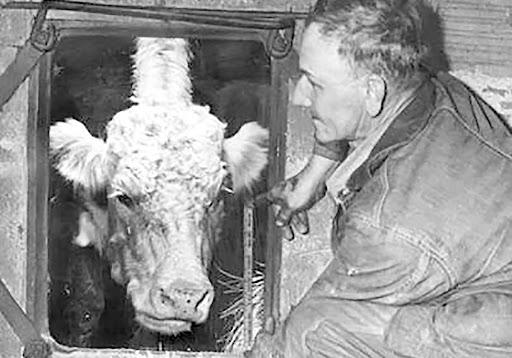
The famous Grady the Cow, whose adventure in a silo occurred the same year as Crandall’s founding.
On September 15, the show “The Lone Ranger” premiered on ABC-TV. Throughout the year, Jolly Ranchers, Junior Mints, Whoppers, and Smarties—or Rockets in Canada—were introduced for the first time.
From stuck cows to new moons to Stanley Cups, the news definitely wasn’t dull in 1949! So here’s to Crandall’s seventy-five years of history may its future be just as exciting as the year it was founded!
Alley is a fourth-year history major who enjoys shining a light on the bovines of the past.
Crandall allots $100 to each Colburne resident with a meal plan, and connects it to your student card. This can be used at Corrie’s Cafe for free drinks and snacks!
But be careful--it does not reset after each semester! Use it wisely!


Getting involved with Crandall groups and events is a great way to meet people, make friends, and have fun! Crandall has many different societies, groups, and clubs to get involved in!
Societies: There are societies for each area of study. Getting involved in your major’s society lets you connect with professors and other students of this subject. Society events are often open to all people, regardless of major, but some events are geared toward people in one area of study.
Crandall Societies
History Society
Sociology Society
Psychology Society
Business Society
English Society
Kinesiology Society

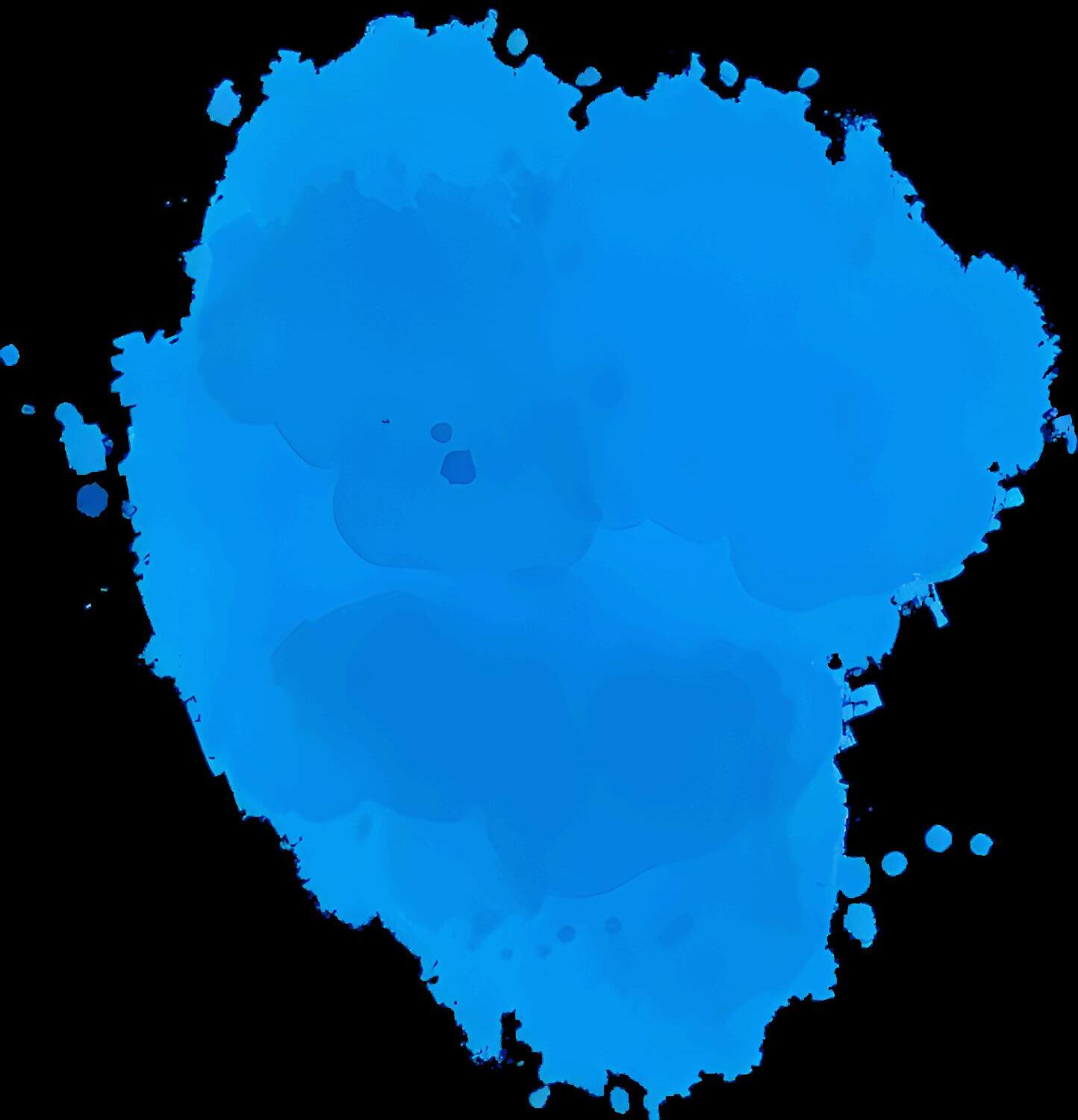
Religious/Biblical Studies Society
Biology Society
Education Society
Graduate Student Society
Many Crandall groups actively post information on Instagram, and many events are advertised in our monthly calendar.
Clubs: These are groups formed each year by students under the supervision of the CSA. Club applications open at the start of the school year, and students fill out application forms to found new clubs. Clubs are often based on interests (such as art, chess, etc.), and many have meetings and activities open to everyone interested.
TBA
Keep an eye on CSA platforms!

Other Co-curricular Groups: There are many other co-curricular groups and experiences at Crandall, with a wide range of activities available.
Other Co-curriculars
Grounded Worship Night
Pickleball League
The Beacon
CU Serves
Crandall Theatre
Crandall Dance
General Intramural Program


Keep an eye out for groups and activities that interest you!



Meet Crandall’s newest RS professor!
With the start of a new academic year comes the meeting of new professors! We’re excited to welcome Dr. Alexander (Alexi) Chantziantoniou, Crandall’s newest addition to the Religious Studies faculty. The Beacon sat down with Alexi for a chat about the courses he’ll be teaching, his best advice for Crandall students, and his favourite hobbies.
Q: What is your area of study?
A: My area of study is Religious Studies. I mean that in a very broad sense: I study the study of religion. This includes recent methods and theories in the study of religion, especially those of a social or cognitive variety. But it also includes a more specific focus on ancient Mediterranean and West Asian religion, whether Greek, Roman, Persian, Egyptian, Jewish, Christian, or otherwise. More specifically still, my work explores the intersections between divinity, materiality, ethnicity, and politics in early Judaism and earliest Christianity, especially as they relate to images of god(s), such as statues, portraits, paintings, iconic books, human bodies, and so on. Generally speaking, I’m interested in those areas of Religious Studies that students and scholars alike typically associate with so-called “paganism” but traditionally not with Christianity. Things like magic, divination, astrology, idols, mythmaking, and all that odd stuff.
Q: What brought you to Crandall?
A: The boring answer to that question is my new job did. But there are much more interesting things about Crandall that drew me to apply in the first place. Above all is the diversity of its student body. Crandall has it all, which is more than most Christian institutions are able to say. Difference and diversity make us stronger, in my experience, and certainly make things more interesting. I, for one, learn most when I am around not only those who are like me but also those who are unlike me. So I try to surround myself with both. Ultimately, then, what brought me to Crandall is the desire to serve such a diverse demographic of students, and to learn from them, too.
Q: Is there a particular course you’re most looking forward to teaching?
A: Oh, yes, very much so. Two of them, in fact. One is an introductory course geared towards firstyear students, and the other is an upper-level elective for more advanced students. The first is Themes of the Bible, which I have the privilege of taking over from Prof. Keith Bodner. I’m enormously excited to tackle major biblical themes and explore how they relate to contemporary questions that students might have themselves. That includes big questions about divinity and humanity, yes, but also about ongoing social issues surrounding race, gender, sexuality, disability, colonialism, and enslavement. The second course I’m excited to teach is Divine Images in the New Testament, which is a new course I’m developing from my own research. It’s a course that’s near and dear to my heart and, ahem, my doctorate which will be great fun to share with students to see what they think. The weird and wonderful world of ancient Mediterranean material culture is infinitely interesting, with sculptures that speak, sing, cry, walk, or bleed, statuettes that give birth to gods or shoot fire, and all manner of Jewish and Christian engagement with them.
Q: When you’re not working as a professor, how do you like to spend your day?
A: I’m afraid this may be another slightly boring answer to what should be an interesting question: I really like to work. If I’m not teaching, I’m probably doing research. If I’m not doing research, I’m probably writing. And if I’m not writing, I’m probably . . . well, I’m probably still writing. Or, just as likely, I’m reading the brilliant work of my colleagues for inspiration. But when I’m really not working, I’m almost certainly spending time with friends and family. My partner Jess is the coolest person I know. So I’m usually off hanging out with her, along with our two very-nearly-just-as-cool kids. I like other stuff, too. Movies, beaches, big cities, cafes, you name it. But they’re nowhere near as fun.
Q: What’s the best piece of advice you could give to Crandall students?
A: The advice I’d give to Crandall students would go something like this. Don’t be afraid to ask questions hard questions, uncomfortable questions, weird questions, honest questions and dare to follow them to their meaningful conclusions. Even if no one else is asking the questions you’re asking, or if no one else is answering them the way you’d answer them, dare to be different, be creative, be critical, be independent, be authentic, be you. You’re here to learn, so learn! You’ll get out of Crandall what you put into it. But above all be kind—to others, to be sure, but also to yourself. Being “right” isn’t as important as being kind.
Q: What is a fun fact about
A: I usually try to keep this part of my life close to my chest—because I’m not sure it’s very cool anymore, especially at my age—but I’m an avid street skater. Not very scholarly of me, I know. But it’s true: I watch skateboard videos on Thrasher Magazine with my kids, I frequent our local skateparks, and I try to get involved in the skate scene of whatever area I happen to be in. To be perfectly honest, I still often think of myself as more of a skater than a scholar, which is a bit embarrassing to admit. That isn’t to say I’m especially good at it. Just that it’s somehow made its way into the core of who I am and how I express myself. That might sound strange to some, but if you know, you know.
Thanks for the interview, Alexi, and welcome to Crandall!
Dr. Chantziantoniou (left) with his family, Jess (right), Charlie (center), and Jack (bottom) on their recent trip to London.

by Evan Carr
Graduation marks many accomplishments as it ushers in the celebration of a job well done. For many, this means a new job, new school, university, their first time away from home, new friends, and new decisions. One not-so-good change is marked by an alarming rate of young people leaving the Christian faith by the time of their high school graduations because of unanswered questions, doubts, hardships, and the pressure of the antichristian and anti-truth culture we reside in (there are still many turning to Christ at this age as well, so don’t be discouraged!).
However, I don’t like to focus on the negative statistics. Once, a Christian leader in high school shared such foreboding stats, and I recoiled at it as I worried that it could be me God forbid. However, I am surer of my faith now more than ever, and I continue to seek not only Jesus, but also the facts behind my faith.
I believe that the latter (facts) are an essential detail and reason as to why many are leaving the faith. For instance, when was the last time you considered evidence that Jesus lived, died, and rose from the dead (beyond the Bible)? Or how about the reliability of the Bible itself? Or evidence for God’s existence? What about Genesis Creation, the Flood, the Patriarchs? Would you be able to answer such objections?
This is where apologetics comes in. Apologetics is just a fancy word derived from Greek (doesn’t everything?!) that means to give a defense. For Christianity, it means looking at how true it is. What are the facts that support its truth claims? Peter tells us to always be ready to give a reason for our faith (1 Peter 3:15-17).
This means looking at the hard facts behind our faith and letting them stand on trial and for me, I’ve discovered that every major question and doubt that I have can be answered with satisfying evidence that makes atheists squirm. This has bolstered my faith and equipped me with knowledge to share with others.
For instance (just as a hook to get you interested in apologetics), there are over twenty thousand fragments or full copies (manuscripts) of the New Testament more than any other ancient historical work and there is no major theological contradiction between any of them (this means that the New Testament we have now is the same as two thousand years ago).
Further, I had to face the origins debate, which is a major tripping point for many Christians. However, by doing a lot of research, I learned that the geological, archeological, and biological realms give powerful evidence for the Bible’s stance on origins. This also strengthened my faith and gave me confidence when facing objections.
This is where Ratio Christi comes in. We are an apologetics group at Crandall that meets twice weekly for Monday morning Bible studies (coming soon!) and for Thursday night discussions at 6:00 p.m. We meet in SH 212 (on the second floor of Stulz Hall). This group covers topics in a discussion format that pertain to the truth of Christianity, including evidence for Jesus’ life, death, and resurrection, and much more.
You don’t need any background knowledge, and you don’t have to be a Christian to attend. If you want answers for your faith and perhaps even want to step out of your comfort zone, please join us! Our first meeting will be September 12th at 6:00 p.m. in SH 212.
For some further reading, see Evidence That Demands a Verdict by Josh and Sean McDowell (2017) (in the Crandall Library), and The Case for Christ by Lee Strobel. There are many other apologetics books out there as well.



By Elizabeth Hayes
The dance begins with a gentle inhale, And the wind whispers through the forested trail. Arms rise and descend with the flow of the air; Boughs bend and release with exhale in pair.

Muscles flex with movement and quiver with strain; Wood creaks and trembles, groans through grain. Quick breath, and the motion extends into the next; Green leaves start to hint a flame's crimson effects. Arms reach and stretch from shoulder to wrist As muscles and leaves around limbs twist. A dip of the hand, and fingers unfurl; A curve in the wind, and sparks swirl and twirl.
Adagio: a movement or composition marked to be performed in slow tempo
One step bends in a lunge to brush the dirt; One leaf falls on the fabric of a fiery skirt. Head high, chest heaves in controlled restraint, And fire burns scarlet without constraint.
by Alley MacDonald
